In our ever-evolving world, fire safety remains a paramount concern in both residential and commercial settings. Among the arsenal of fire safety equipment, fire blankets stand out as simple yet remarkably effective tools for combating small fires. This comprehensive guide will delve into the intricacies of fire blankets, exploring their functionality, types, applications, and crucial role in fire safety strategies.
What is a Fire Blanket?
A fire blanket is a safety device designed to extinguish incipient (starting) fires. It consists of a sheet of fire-retardant material that can be quickly and easily placed over a fire to smother it. These blankets are typically made from materials such as fiberglass, wool treated with fire-retardant chemicals, or high-tech aramid fibers like Kevlar.
Key Features of Fire Blankets
Feature | Description |
Material | Fire-retardant fabrics (e.g., fiberglass, treated wool, aramid fibers) |
Size | Varies from small (1m x 1m) to large (1.8m x 1.8m) |
Storage | Usually in a quick-release container for easy access |
Durability | Designed to withstand high temperatures |
Reusability | Some types can be reused if not damaged during use |
How Does a Fire Blanket Work?
Fire blankets work on a simple yet highly effective principle: smothering the fire to deprive it of oxygen. To understand this process fully, let’s break it down step by step.
The Fire Triangle
At the heart of understanding how fire blankets work is the concept of the fire triangle. A fire needs three elements to sustain itself:
- Fuel: The material that burns (e.g., wood, paper, oil)
- Heat: The energy that causes the fuel to ignite
- Oxygen: The gas that supports combustion
If any of these elements is removed, the fire will be extinguished. Fire blankets primarily target the oxygen component of this triangle.
Oxygen Deprivation
When a fire blanket is placed over a fire:
- It creates a physical barrier between the fire and the surrounding air.
- This barrier effectively cuts off the oxygen supply to the fire.
- Without access to oxygen, the fire cannot continue to burn and will eventually go out.
The tight seal created by the blanket when properly applied ensures that no new oxygen can reach the fire, quickly suppressing it.
Heat Absorption
While the primary function of a fire blanket is oxygen deprivation, it also plays a role in heat management:
- The fire-retardant materials used in fire blankets can absorb some of the heat from the fire.
- This heat absorption helps in preventing the fire from spreading to nearby objects.
- By reducing the overall temperature, the blanket assists in breaking the fire triangle by addressing the heat element as well.
Types of Fire Blankets
Fire blankets come in various types, each designed for specific environments and purposes. Understanding these types can help in choosing the right fire blanket for your needs.
Type | Material | Best Use | Temperature Resistance |
Fiberglass | Glass fibers | Most common, suitable for household and industrial use | Up to 1000°C (1832°F) |
Wool | Treated wool | Laboratories and industrial settings | Up to 570°C (1058°F) |
Aramid Fiber | Kevlar or Nomex | High heat resistance, professional settings | Up to 480°C (896°F) |
Cotton | Treated cotton | Personal protection | Varies based on treatment |
Silicone-Coated | Various base materials | Welding operations | Up to 1300°C (2372°F) |
Fiberglass Fire Blankets
Fiberglass fire blankets are the most common type. They’re made from finely woven glass fibers, which provide excellent fire resistance. These blankets are versatile, suitable for both home and industrial use.
Wool Fire Blankets
Wool naturally has some fire-resistant properties, which are enhanced through chemical treatments. Wool fire blankets are often used in laboratories and industrial settings due to their effectiveness and durability.
Aramid Fiber Blankets
Made from materials like Kevlar or Nomex, these blankets offer exceptional heat resistance. They’re commonly used in professional firefighting and high-risk industrial environments.
Cotton Fire Blankets
Treated with fire-resistant chemicals, cotton fire blankets are lightweight and flexible. They’re often used for personal protection, such as wrapping around a person whose clothes have caught fire.
Silicone-Coated Blankets
These blankets are designed for specific industrial applications, particularly in welding operations. The silicone coating provides additional protection against sparks and molten metal splatter.
Using a Fire Blanket: Step-by-Step Guide
Proper usage of a fire blanket is crucial for its effectiveness. Here’s a detailed step-by-step guide:
- Assess the Situation: Quickly evaluate if the fire is small enough to be safely tackled with a fire blanket. If the fire is spreading rapidly or covers a large area, evacuate immediately and call emergency services.
- Retrieve the Blanket: Fire blankets are typically stored in easily accessible containers. Pull down firmly on the tabs to release the blanket from its container.
- Protect Yourself: Hold the blanket in front of you, using it as a shield to protect your hands and body from the heat of the fire.
- Approach the Fire: Carefully move towards the fire, keeping the blanket between you and the flames. Approach from the direction the wind is blowing towards the fire, if applicable.
- Cover the Fire: Gently lay the blanket over the fire, starting from the nearest edge and working your way across. Ensure it completely covers the flames.
- Seal the Edges: Once the blanket is in place, press down on the edges to create a seal. This action is crucial in cutting off the oxygen supply to the fire.
- Wait: Leave the blanket in place until the fire is completely extinguished and the area has cooled. This may take several minutes.
- Turn Off Heat Sources: If it’s safe to do so, turn off any heat sources that may have caused the fire, such as a stove or electrical appliance.
- Evacuate if Necessary: If the fire doesn’t go out or shows signs of spreading, evacuate the area immediately and call emergency services.
- Ventilate: After the fire is out, open windows to allow smoke to dissipate.
- Dispose or Clean: After use, the fire blanket should be disposed of if damaged or cleaned according to manufacturer instructions if reusable.
Remember, your safety is paramount. If at any point you feel the fire is too large or you’re unsure about using the blanket, evacuate and call for professional help.
Applications of Fire Blankets
Fire blankets have a wide range of applications across various settings. Understanding where and how they can be used enhances overall fire safety preparedness.
Setting | Application | Examples |
Kitchen | Small cooking fires, especially oils or fats | Grease fires, oven fires |
Workshops | Chemical fires or equipment-related fires | Solvent fires, electrical equipment fires |
Laboratories | Protection against various types of fires | Chemical reactions, Bunsen burner accidents |
Vehicles | Compact blankets for emergency use | Engine fires, upholstery fires |
Industrial Settings | Larger blankets for higher fire risks | Welding sparks, machinery fires |
Offices | General fire safety | Electrical fires, waste bin fires |
Schools | Educational settings and labs | Science lab accidents, art room fires |
In the Kitchen
Kitchens are one of the most common places for fires to start. Fire blankets are particularly effective against:
- Grease fires in pans
- Small oven fires
- Fires caused by faulty electrical appliances
In Workshops and Garages
These areas often contain flammable materials and heat-generating equipment. Fire blankets can be used for:
- Smothering small fires on workbenches
- Containing fires from solvent spills
- Protecting against sparks during welding or grinding
In Laboratories
Scientific environments pose unique fire risks. Fire blankets in labs are useful for:
- Smothering fires from chemical reactions
- Extinguishing clothing fires quickly
- Containing small equipment fires
In Vehicles
Compact fire blankets can be a lifesaver in vehicle emergencies:
- Smothering small engine fires
- Extinguishing fires on upholstery or carpets
- Providing emergency warmth in breakdown situations
In Industrial Settings
Larger industrial environments often require more robust fire safety measures:
- Protecting against welding sparks and slag
- Containing small machinery fires
- Providing a quick response to electrical fires
Advantages and Limitations of Fire Blankets
While fire blankets are valuable fire safety tools, it’s important to understand both their strengths and limitations.
Advantages | Limitations |
Easy to use, no special training required | Only effective for small, contained fires |
No mess or residue after use | Not suitable for all types of fires (e.g., some electrical fires) |
Compact and easily stored | Requires close proximity to the fire for use |
Versatile for different small fire types | Limited protection in large, spreading fires |
Often reusable if not damaged | May not completely extinguish some deep-seated fires |
No maintenance required (except regular inspections) | Can be less effective in windy conditions |
Silent operation (important in some settings) | Single-use in many cases |
Advantages in Detail
- Ease of Use: Fire blankets are incredibly simple to use. Unlike fire extinguishers, which may require some training, most people can effectively use a fire blanket with minimal instruction.
- No Residue: After use, fire blankets don’t leave any mess or chemical residue. This is particularly advantageous in kitchens or laboratories where cleanliness is crucial.
- Compact Storage: Fire blankets can be stored in small spaces, making them ideal for kitchens, small workshops, or vehicles where space is at a premium.
- Versatility: They are effective against different types of small fires, including liquid and grease fires, which can be challenging to extinguish with other methods.
- Potential Reusability: Some fire blankets can be reused if they haven’t been damaged during use, making them a cost-effective fire safety solution.
Limitations in Detail
- Size Limitation: Fire blankets are only effective for small, contained fires. They are not suitable for large or rapidly spreading fires.
- Proximity Requirement: To use a fire blanket effectively, you need to get close to the fire, which can be dangerous in some situations.
- Not for All Fire Types: While versatile, fire blankets may not be the best choice for some types of fires, particularly certain electrical fires.
- Wind Sensitivity: In outdoor or windy conditions, it can be challenging to properly deploy a fire blanket over a fire.
- Incomplete Extinguishment: For some deep-seated fires, a fire blanket may smother the flames but not completely extinguish the fire, leading to potential reignition.
Maintenance and Inspection of Fire Blankets
Proper maintenance and regular inspection of fire blankets are crucial to ensure they remain effective when needed. Here’s a guide to keeping your fire blankets in top condition:
Regular Inspection Checklist
Aspect | What to Check | Frequency |
Packaging | Intact, no damage | Monthly |
Accessibility | Easily reachable, not obstructed | Monthly |
Cleanliness | Free from dust and contaminants | Quarterly |
Expiration | Check manufacturer’s expiration date | Annually |
Condition | No visible damage or wear | Annually |
Maintenance Tips
- Visual Inspection: Regularly check the fire blanket and its container for any signs of damage, wear, or contamination.
- Proper Storage: Store fire blankets in their designated containers in easily accessible locations. Avoid areas with high humidity or extreme temperatures.
- Keep Clean: If the container or blanket becomes dusty, clean it gently with a dry cloth. Avoid using water or cleaning agents unless specified by the manufacturer.
- Handling: When inspecting, handle the fire blanket carefully to avoid unnecessary unfolding or damage.
- Replacement: Replace the fire blanket immediately if it has been used, damaged, or has passed its expiration date.
- Documentation: Keep a log of inspections and any actions taken, including replacements.
- Training: Regularly remind staff or family members about the location and proper use of fire blankets.
Remember, most fire blankets have a lifespan of 5-7 years, but always check the manufacturer’s recommendations for specific guidance on replacement intervals.
Fire Blankets vs. Fire Extinguishers
While both fire blankets and fire extinguishers are essential fire safety tools, they have different applications and characteristics. Understanding these differences can help in choosing the right tool for specific fire scenarios.
Aspect | Fire Blankets | Fire Extinguishers |
Best for | Small, contained fires | Various fire types and sizes |
Ease of use | Very easy, no training required | Requires some training and practice |
Mess | No residue | Can leave residue (powder, foam) |
Reusability | Often reusable if not damaged | Need refilling after use |
Versatility | Limited to small fires | Can handle larger fires |
Range | Requires close proximity | Can be used from a distance |
Types of fires | Effective on Class A, B, F fires | Various types for different fire classes |
Maintenance | Minimal (regular inspections) | Regular inspections and servicing required |
Cost | Generally less expensive | More expensive, especially for specialized types |
When to Use a Fire Blanket
- Small kitchen fires, especially grease fires
- When a person’s clothing catches fire
- In confined spaces where extinguisher discharge could be dangerous
When to Use a Fire Extinguisher
- Larger fires beyond the scope of a fire blanket
- Electrical fires (with appropriate class of extinguisher)
- When you need to fight the fire from a distance
Environmental Impact of Fire Blankets
In an era of increasing environmental awareness, it’s important to consider the ecological impact of fire safety equipment. Fire blankets generally have a lower environmental impact compared to some other fire safety devices.
Positive Environmental Aspects
- No Chemical Discharge: Unlike fire extinguishers, fire blankets don’t release chemicals into the environment when used.
- Longevity: With a typical lifespan of 5-7 years, fire blankets don’t require frequent replacement, reducing waste.
- Reusability: Some fire blankets can be reused if not damaged, further reducing waste.
- Minimal Resources in Production: Compared to complex fire suppression systems, fire blankets require fewer resources to manufacture.
Environmental Considerations
- Material Composition: Some fire blankets contain synthetic materials which may not be biodegradable.
- End-of-Life Disposal: Proper disposal methods should be followed, especially for blankets containing synthetic fibers or chemical treatments.
- Transportation Impact: As with any product, there’s an environmental cost associated with the transportation and distribution of fire blankets.
Regulatory Standards for Fire Blankets
Fire blankets must meet specific standards to ensure their effectiveness and reliability. These standards vary by region but generally cover aspects such as fire resistance, size, and performance under various conditions.
Region | Standard | Key Requirements |
Europe | EN 1869 | Size, fire resistance, performance tests |
USA | NFPA 10 | Guidelines for placement and use |
Australia/New Zealand | AS/NZS 3504 | Material, size, performance standards |
UK | BS EN 1869 | Similar to EN 1869, with UK-specific guidelines |
Key Aspects of Fire Blanket Standards
- different applications.
- Fire Resistance: Blankets must withstand specific temperatures for set durations.
- Performance Tests: Includes tests for effectiveness against different types of fires.
- Labeling and Instructions: Requirements for clear usage instructions and safety information.
- Material Specifications: Guidelines on acceptable materials and their properties.
Always ensure that any fire blanket you purchase complies with the relevant standards for your region.
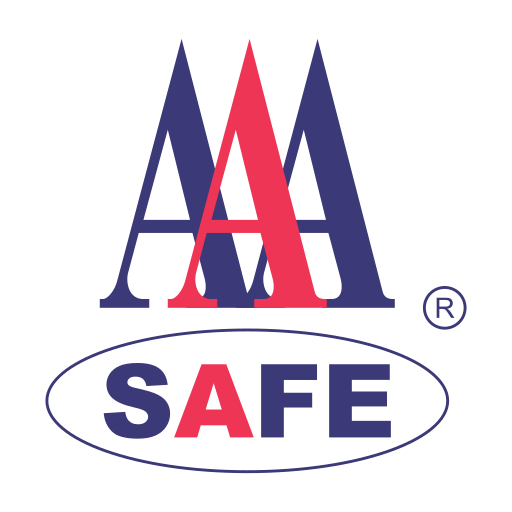

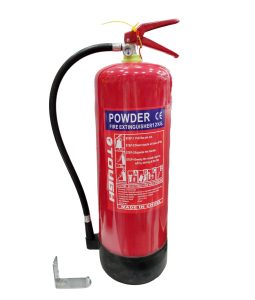
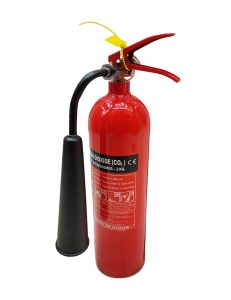
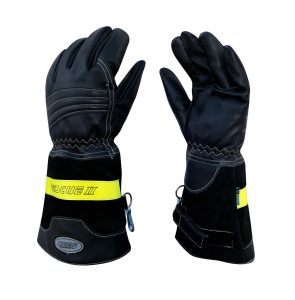
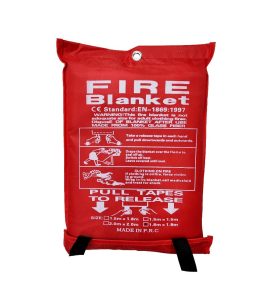
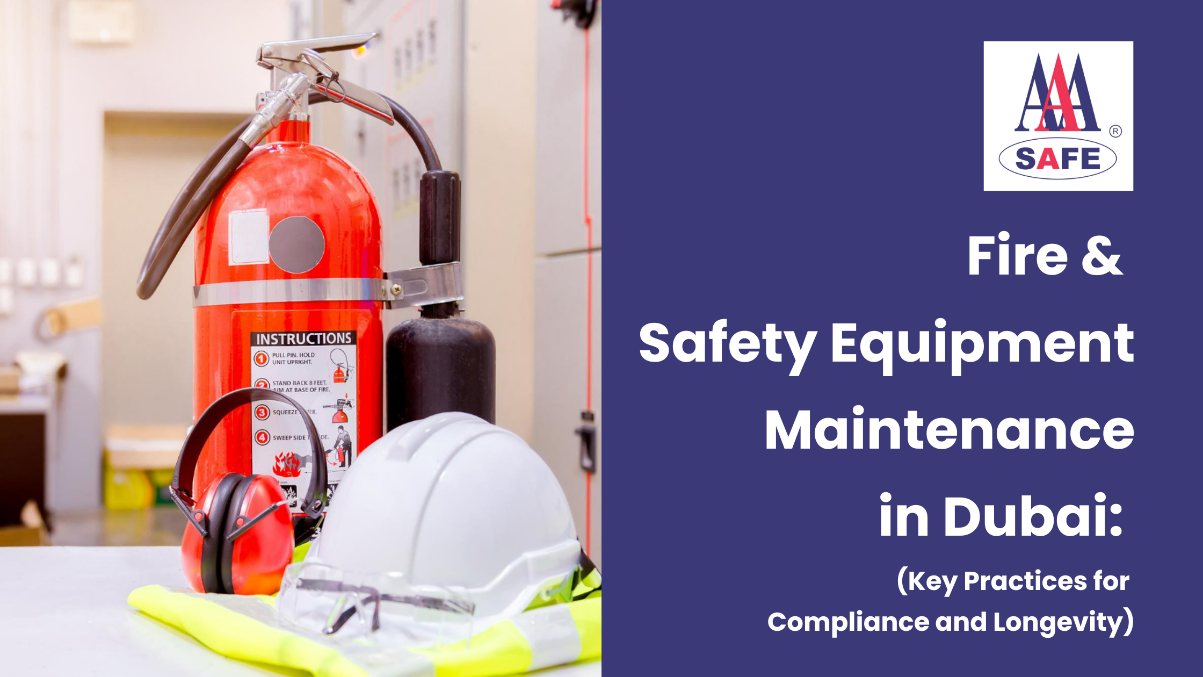











 Online | Privacy policy
Online | Privacy policy